- Traverse City, MI |
-
West: W Front St:
(231) 944-6541
-
| Central: Munson Ave :
(231) 421-9300
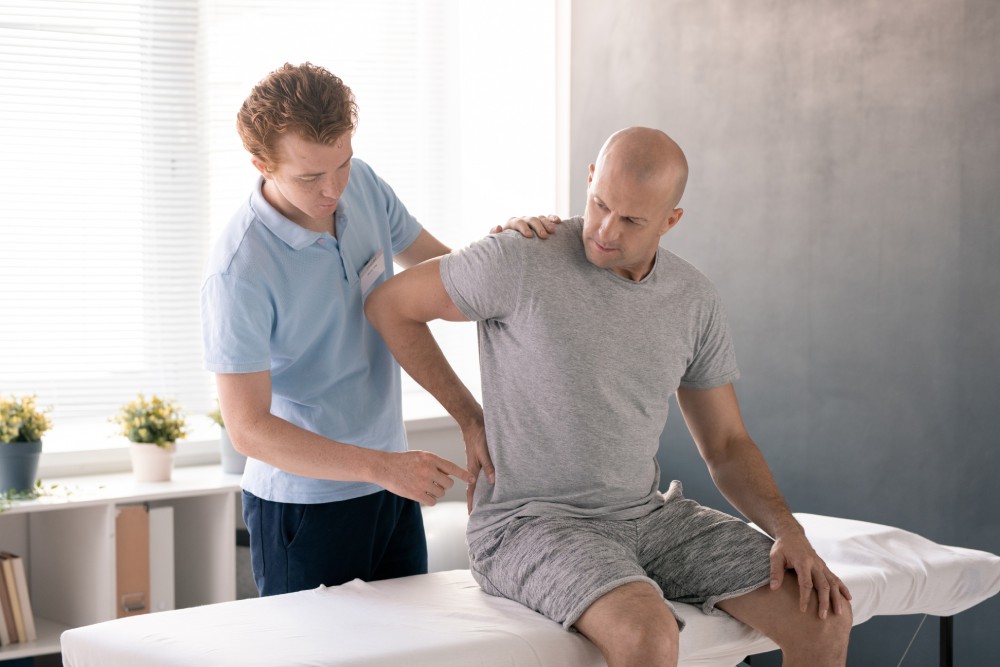
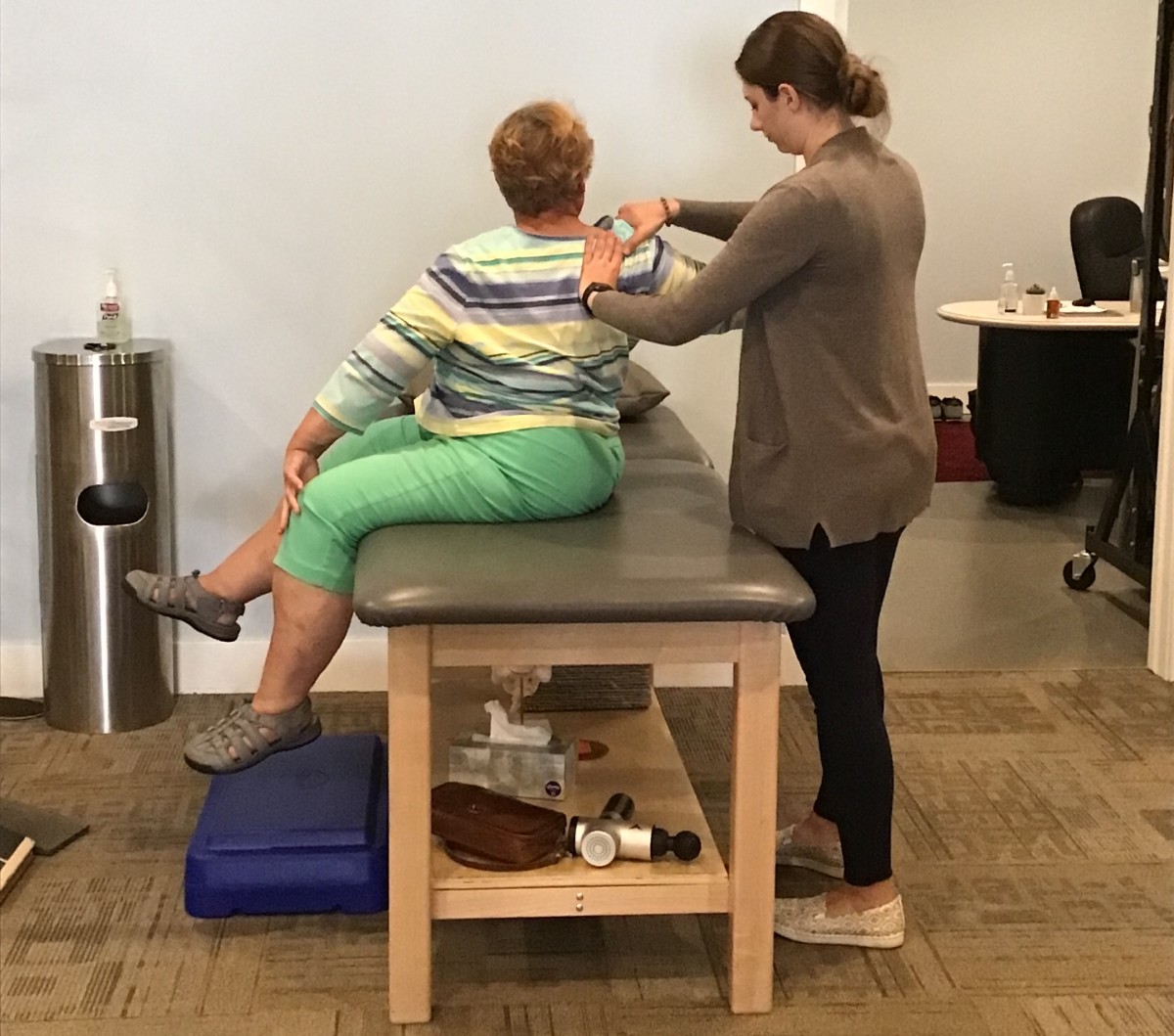
Spinal stenosis is a condition characterized by the narrowing of the spaces in the spinal canal, which in turn pinches and compresses the spinal cord and nerve roots exiting each vertebra.
People with spinal stenosis may experience back pain, sciatica, and other nerve-related issues. Immediate stenosis therapy is recommended to prevent symptom progression and preserve the health of the spine.
The causes of spinal stenosis include:
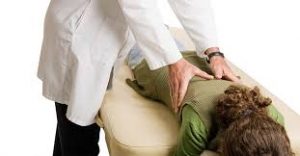
Thickened ligaments: Ligaments thicken and may become stiff over time, causing them to bulge into the spinal canal.
Spinal fractures and injuries: Dislocated or broken bones can narrow the canal space and press on the spinal nerves.
Bulging disks: Vertebral disks dry out as one ages. When cracks appear on their exterior, the gel-like center of these disks may leak out and put pressure on spinal nerve roots.
Bone overgrowth or arthritic spurs: Damage caused by osteoarthritis on the vertebral column can trigger bone spurs, which can extend into the spinal canal and compress the nerves.
In the neck:
Weakness in the hand, arm, foot, or leg
Numbness or a tingling sensation in the hand, arm, foot, or leg
Neck pain
Difficulties in balancing and walking
Bowel or bladder dysfunction
In the lower back (lumbar spine):
Weakness in a leg
Weakness in a foot
Pain or cramps in one or both legs when standing for prolonged periods
Numbness or a tingling sensation in a foot or leg
Back pain

Don’t let crippling knee, back, leg or arm pain stop you from living your life! If you are suffering or have been misdiagnosed with stenosis it’s time to learn what’s causing your pain and how you can get lasting relief NOW!
To diagnose spinal stenosis, your doctor will ask you about your medical history and conduct a physical examination. Imaging tests such as X-rays, CT scans, and MRI may also be performed.

Doctors may recommend the following solutions for people suffering from spinal stenosis.
Medications - Your doctor may prescribe medication such as pain relievers, antidepressants, opioids, and anti-seizure drugs to minimize symptoms.
Injections - Steroid medication such as corticosteroid are administered into the infected area to help relieve stenosis pain and inflammation.
Decompression procedure- Needle-like instruments are used to eliminate some of the thickened ligament behind the spinal column. This helps address nerve root impingement and increase spinal canal space.
While doctors have good intentions, they are really just treating your pain symptoms with these treatments, even surgery. These treatments have risks like accidental overdose or infections, just to name two. And they delay the actual treatment that will help you long-term. These treatments are not addressing the ROOT CAUSE of the pain, which is most often a musculoskeletal problem. Poor motion in one or more areas of your body can cause the problem that is causing your pain. Only good physical therapy can address the root causes and relieve pain for good.
Watch a great video on Stenosis by Clicking Here.
We've got in-person, educational Pain Relief Workshops on a monthly basis that cover a variety of physical problems and how to heal. Find out more or register by Clicking Here.
Traditional treatments don't work for everyone and are only effective 45% of the time. They also carry potential risks and side-effects. For instance, repeated steroid injections can damage surrounding bones and connective tissues.
At Superior Physical Therapy, we provide safe and noninvasive treatment options designed to pinpoint and address the root cause of pain.

The most important element of healing is identifying the cause. The cause is a movement disorder somewhere else in the body that is creating more stress in the injured area than the tissue can handle. A full body movement assessment is the most important aspect in finding the true cause. This involves assessing how mobile and stable the areas above and below the injured tissues are. Once the dysfunctional areas are identified the physical therapist can then prescribe home treatments to fix the problem areas.
In order to improve motion in the dysfunctional areas that are causing the increased stress on the painful injured tissues the most effect way to make a change in the body is to have a physical therapist use their hands to facilitate the proper motion while you are moving at the same time. This helps improve the path the body takes in order to reduce stress and tenson on the injured area.
The Superior Method aims to educate patients on how the body moves to safely ease pain and restore function.
With our smartphone app called Movement RX, we empower patients with the knowledge and tools needed to attain long-term physical freedom. All of the instructions provided by your physician will also be video-recorded and sent directly to your email or mobile device.
This principles-based method is designed to improve how the mind, body, and spirit work together to facilitate complete healing. All Superior Physical Therapy providers are Fellows of Applied Functional Science through the Gray Institute. This organization is led by the reputable physical therapist, Dr. Gary Gray.
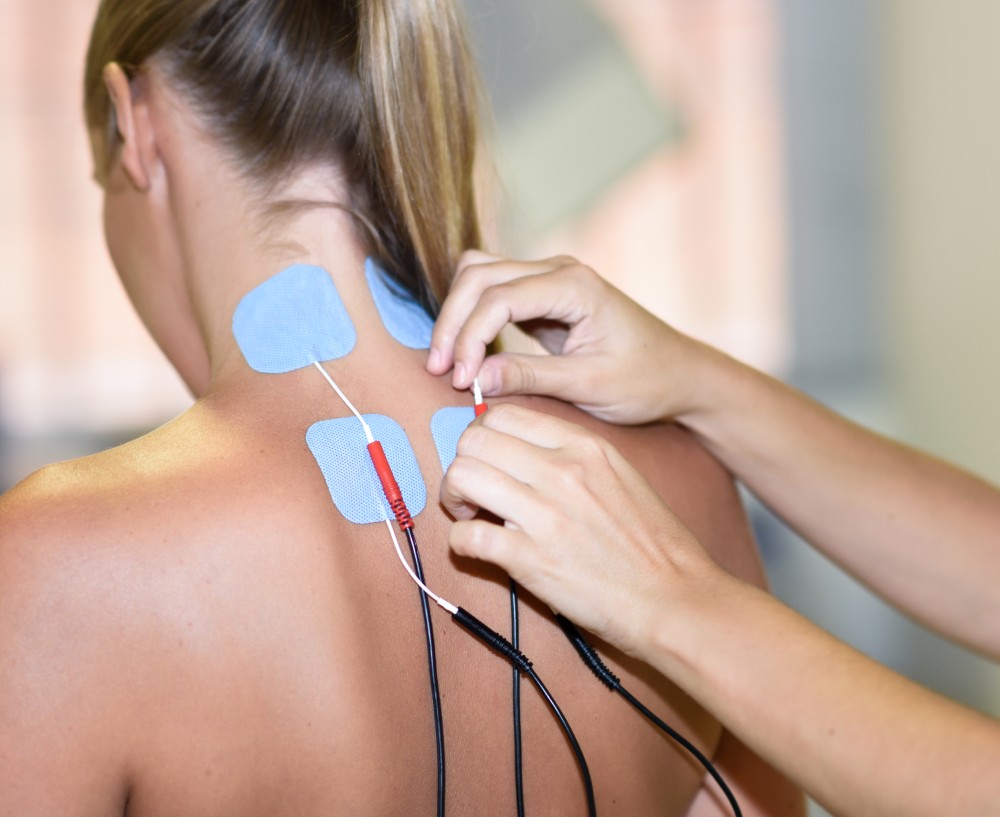
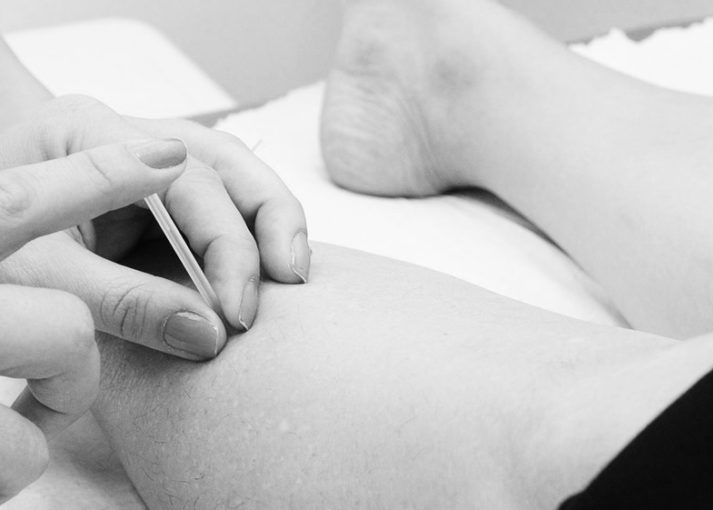
Mechanical vibrations that penetrate deep into the muscle tissue enable tissue regeneration and improve the lactic cycle, which is one of the most common causes of pain. The procedure also helps boost circulation and lymphatic flow to alleviate pain.
A fast, safe, and virtually pain-free method to reduce pain and address musculoskeletal presentations. In dry needling, trigger points or local contractures are stimulated by monofilament needles.
The McKenzie Method® of Mechanical Diagnosis and Therapy® (MDT) is a distinguished and internationally researched method of diagnosis and treatment for spinal and extremity musculoskeletal conditions. Created by New Zealand Physiotherapist Robin McKenzie, this system has been used globally for over 60 years.
MDT-certified clinicians assess and treat all types of musculoskeletal disorders including complications in the spine, muscles, tendons, and extremity joints.
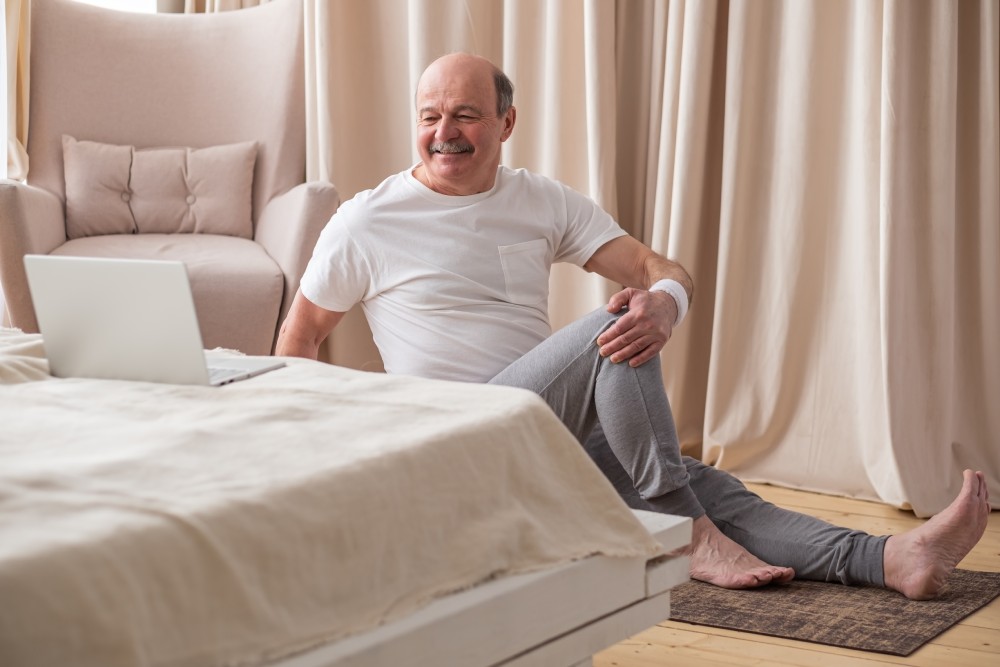
Schedule a free 15-minute discovery call with our specialist, Dr. Andrew Gorecki, to find the treatment that's best for your situation. Pick up the Phone and Call (231)944.6541 or request a consultation here today.
